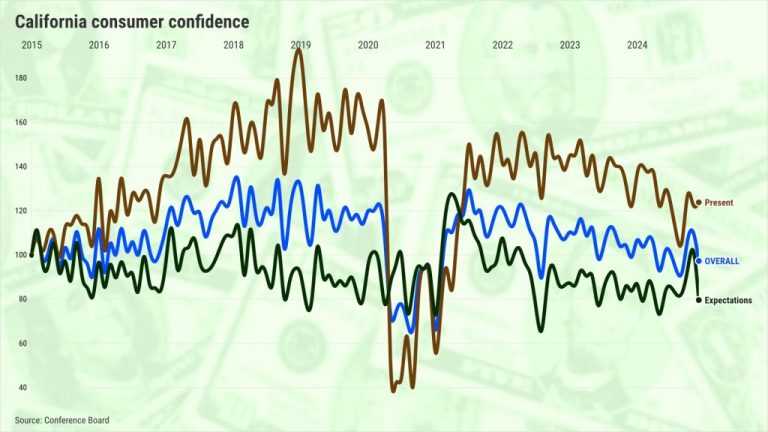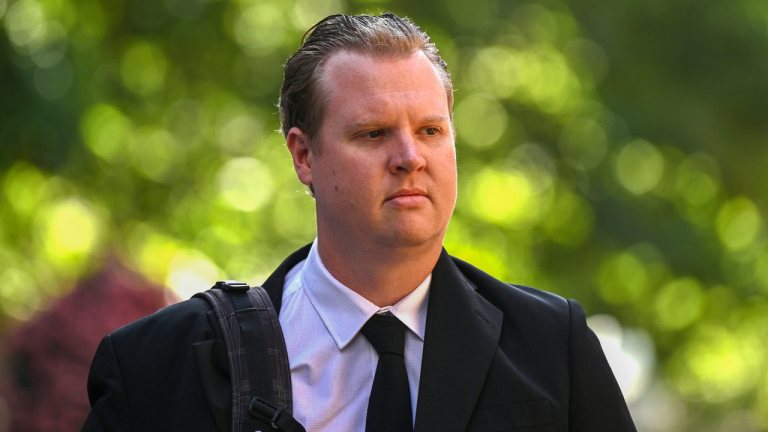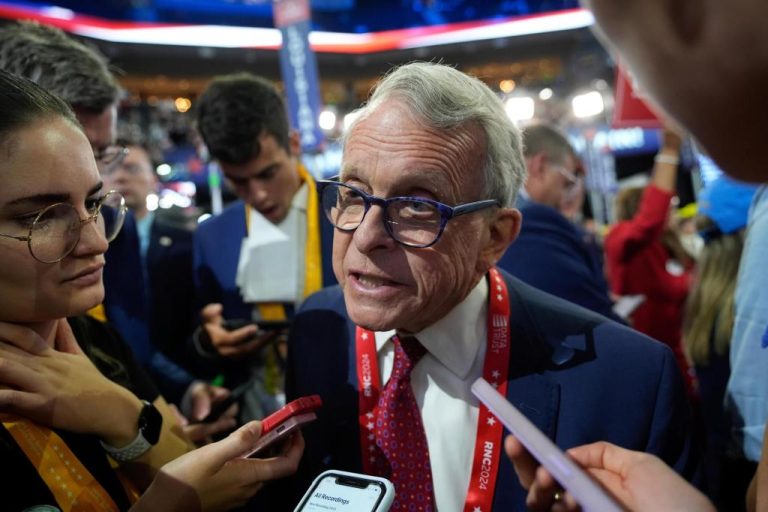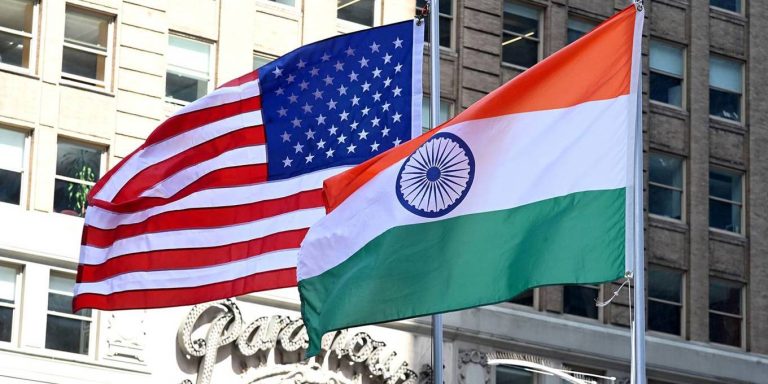
Smollar is a freelance writer and lives in Tierrasanta.
With Chinese President Xi Jinping hinting that giant pandas might again return to the San Diego Zoo, it’s worth recalling the visit here of Basi and Yuan Yuan in 1987 and the long-term precedents that followed the hoopla of their seven-month stay.
In looking back 36 years, the introductory sentence of my Los Angeles Times news article about opening day, “Yes, there was Pandamania Monday at the Pandamimium” was indeed corny. But it was spot-on in describing the frenzy over the first appearance of the endangered species at the Zoo. Attendance on July 27, 1987, increased 25 percent from a normal Monday, and 800 specially invited guests gathered as early as 6 a.m. in temporary bleachers overlooking a hastily-converted clouded leopard pavilion. A closet-sized panda souvenir stand racked up $25,000 in gross sales by the end of the first day.
That watershed moment for the Zoo was followed by a 200-day love fest during which more than 2 million visitors trekked into its lower cat canyon to see the pair on loan from China’s Fuzhou Zoo. But the unique circumstances of their sojourn proved consequential for the nature of future arrangements. After they returned home in February 1988, the zoo endured an eight-year hiatus with many negotiating twists and turns before a 1996 conservation agreement with the Chinese government allowed for a long-term panda research station in San Diego, a success that came to a wistful close in 2019.
The peculiarity of the panda display was encapsulated by iconic photographs taken early that first morning by the late Times photographer Bob Grieser: They showed Yuan Yuan on his hind legs “pumping iron” to the commands of his trainer (the hollow barbell weighed about a pound) and then pushing a scooter, while Basi sat in a chair cuddling a doll. The two pandas had been conditioned to perform those tricks and others, including the twirling of a baton, dunking a basketball and returning waves from visitors just a step away through the paned glass. The circus-style routines of the Fuzhou Zoo were controversial even in China at the time, although trainers justified the performances for enabling them to approach the animals and take heartbeat and other measurements without need of sedation. The San Diego Zoo, while uncomfortable with this approach, was nevertheless willing to tolerate the spectacle because it felt the loan would generate needed public support for critical panda conservation efforts. The assumption proved correct. Visitors overwhelmingly enjoyed the routines and Bob’s photos delighted millions of panda enthusiasts as they appeared in magazines and newspapers from England, Germany, France, Japan and Australia. (For years afterwards, Grieser would meet people who insisted that the photos had to be of a human in a panda suit.)
However, at the same time the photos unintentionally provided graphic evidence for Chinese and American wildlife officials who were coming to conclude that a growing clamor by American zoos for pandas should require loan approvals to be tightly grounded in animal research, and not on the exhibition of “rental pandas” as stellar money-making attractions. The first pandas had been sent to the National Zoo in Washington in 1973 following President Richard Nixon’s surprise visit to China, and two were briefly loaned to the Los Angeles Zoo in 1984 to celebrate the Summer Olympics there. In mid-1988, just a few months after Basi and Yuan Yuan left San Diego, both countries suspended further panda shipments until the philosophical underpinning for animal loans could be codified.
Not until 1996, after the expenditure of more than $1 million on scientific studies and permit applications, did the San Diego Zoo receive the go-ahead from the U.S. and Chinese governments for the program that ended in 2019: a long-term project for observation, research and breeding, allowing certainty for visitors but keeping public display low-key and unobtrusive for the pandas. (Signs cautioned visitors to keep their “oohs” and “aahs” muted until after leaving the viewing area.)
The scientific achievements exceeded expectations with the birth of six cubs and a welter of new knowledge about the species, and any new long-term loan will certainly proceed along the same project design. People still flocked to the enclosure, and will undoubtedly continue to take any opportunity to marvel at pandas no matter the arrangements. Yet I can’t help but wonder whether the restrained manner of subsequent exhibitions and the lack of interaction with visitors would have puzzled those dexterous, audience-pleasing, performing panda pioneers Basi and Yuan Yuan.






